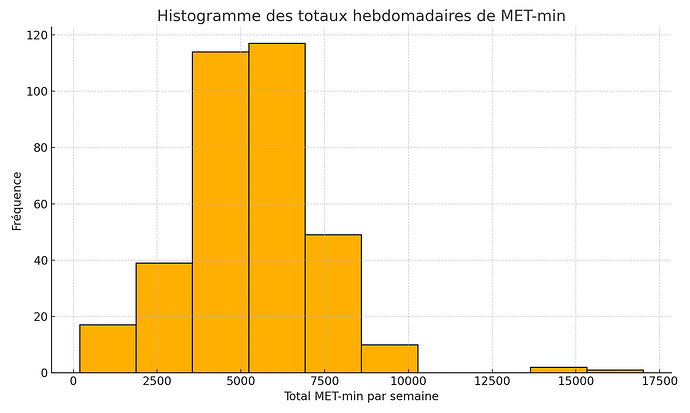If I am correct:
A MET is a measure of rate of energy expenditure, 1 MET = 3.5 ml/kg/min of VO2, which is equivalent to resting VO2 for the average human. So exercising for 30 minutes at 2 MET (7 ml/kg/min of VO2) or exercising for 6 minutes at 10 MET (35 ml/kg/min of VO2) are both equivalent to 60 MET minutes or 1 MET hour.
So 1 MET/hour is equivalent to consuming 210 ml of O2 per kg of body weight. Oxygen here can be considered a surrogate of energy, calories consumed.
Therefore, what we are really calculating here is total energy expenditure (relative to body weight) for the activity. This is what most watches nowadays already do, estimating your energy expenditure from different activities (much more acurate if you have a power meter or speed and distance, for example, than if relying only on HR or accelerometer data, but always an estimation).
So, at this point, why not just talk about kcal consumption, or kcal/kg if you want to compare people? I think this is a much easier concept than MET hours.
I (as an exercise physiologist) always found METs a weird unit (what is the need to normalize energy expenditure to resting levels?) and I find MET-hours a specially weird measure. You are taking a unit relative to time as is METs and then multiplying it by time again. It would be like, in cycling, calling 1 hour at 100 W = 100 Watt-hours as a measure of work, instead of 360 kJ (which will average to about 360 kcal consumed).
Or like the Pirate-Ninja unit, for those that have read The Martian.
We do that with electricity, we use kilowatt-hour as a unit. According to the internet, because everyone measures power in Watts and time in hours, so it’s relatable to people and more intuitive (sure, I’ll believe that). However, I think there is noting intuitive about METs, especially if we compare them to Calories.
And, in the end, we already have the calorie option for the charts in intervals.icu


